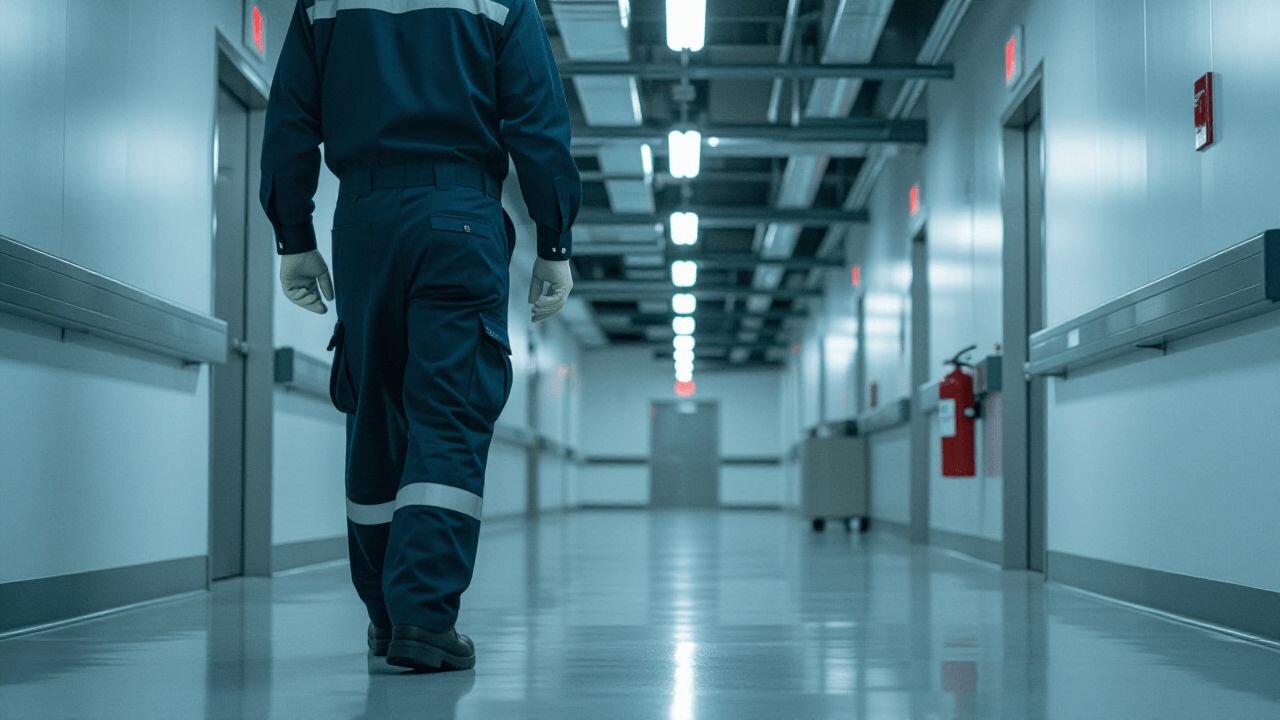Fires don’t have to make headlines to be devastating. They happen every day, and the consequences are stark:
Source: 2024 NFPA Fire Loss in the United States report
Did you know
Fires: 1.39 million
Deaths: 3,670
Injuries: 13,350
Property damage: $23 billion
Fire suppression gets most of the spotlight (and most of the funding), but it’s prevention that keeps those numbers from climbing.
Prevention starts with smart planning, clear codes, and the people trained to enforce them. That’s where certified fire inspectors come in.
What Fire Inspectors Actually Do
Fire inspectors are code officials who enforce fire and life safety codes under the authority of their local jurisdiction.
Depending on the area, they may work under a fire marshal, conduct building inspections, review construction plans, and issue permits. In smaller communities, those duties may be shared with building officials.
No matter how the role is structured, the job centers on prevention. Inspectors catch issues before they turn into hazards. They make sure buildings are built and maintained according to life safety codes like NFPA 1 and NFPA 101.
Why Certification Matters
Not every jurisdiction requires certification for fire inspectors, but most do. Even where it’s not legally required, proven competency makes a difference.
Fire inspectors must have a solid understanding of fire dynamics, building construction, fire protection systems, and human behavior. It’s what allows inspectors to spot vulnerabilities, hold the line on compliance, and keep crews and buildings protected.
They also need to know how to read and interpret construction plans, understand case law, and apply the right codes in the right contexts. Certification ensures they’re trained to do that work accurately and responsibly.
“Having been in the fire service for many years, I can tell you that part of our basic priorities was always what we called LIP—life safety, incident stabilization, and property conservation…One of the best ways to help accomplish these priorities [is] through dedicated prevention programs backed up by strong, smart mitigation efforts,” said Curt Floyd, NFPA Responder Technical Lead.
How Certification Works
Becoming a certified fire inspector usually starts with training in core areas like fire dynamics, building occupancy types, and applicable codes and standards.
The best programs go beyond a single class and include instructor-led training, hands-on practice, and a formal exam. After passing the exam, candidates have to prove to a supervisor that they can apply what they’ve learned out in the field.
Programs built around NFPA 1030 are widely respected because they focus on real-world job requirements. They follow job performance requirements for roles like fire inspectors, marshals, plans examiners, and life safety educators.
The Gaps Certified Inspectors Help Fill
According to NFPA’s Fifth Needs Assessment of the U.S. Fire Service, 77% of departments engage in fire prevention, but only 37% conduct formal code enforcement. The disconnect often comes down to staffing and structure.
In smaller communities, building departments or fire marshals often juggle multiple responsibilities, leaving fire code enforcement under-resourced. Even in larger jurisdictions, tight budgets and limited personnel make it hard to keep up with inspection demands.
Certified fire inspectors help close that gap. By building a stronger foundation of code enforcement, they reduce risk long before the fire department rolls out. And when done right, it saves lives, protects property, and eases the burden on first responders.
Prevention Is the Long Game
Strong fire prevention starts with proactive planning and early risk detection. Certified fire inspectors play a critical role in making that work possible.
For contractors and facility managers, this matters. Inspections affect timelines, approvals, and ongoing safety compliance. When inspectors are well-trained and well-resourced, everyone benefits, especially the people working in and around those buildings whose safety depends on systems being properly designed, maintained, and up to code.
Fire suppression saves lives in the moment. Prevention protects them every day, and certified inspectors are key to making that protection a reality.



